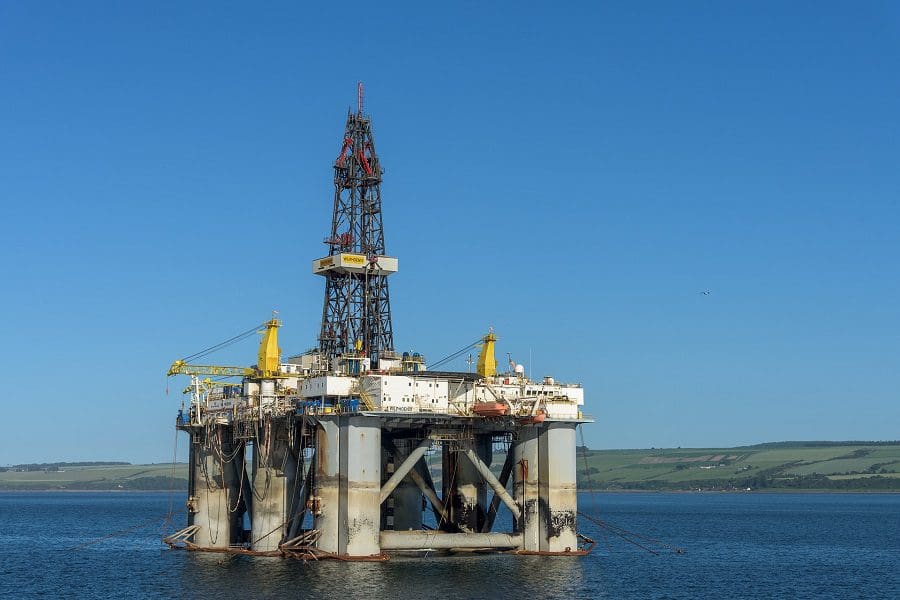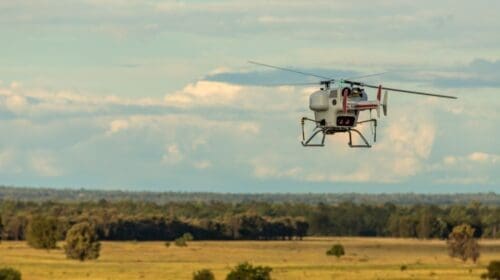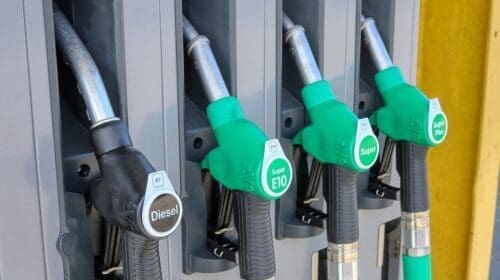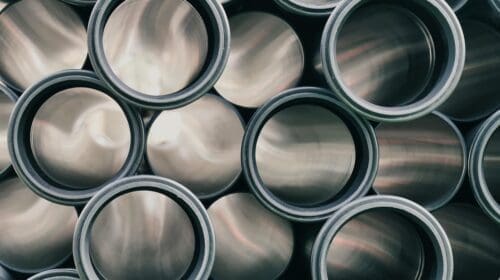Of the many areas needing attention, SEMS, short for Safety and Environmental Management Systems, zeroed in on the significance of pre-startup reviews. With a full coverage stroke of workplace safety, The Bureau of Safety and Environmental Enforcement mandated its SEMS regulation to address the shortfalls realized in the wake of the Deepwater Horizon catastrophe. As a result, all offshore facilities must succumb to a rigorous and all-telling pre-startup review process before coming online to serve their intended purposes.
Pre-startup reviews made the list of 17 crucial elements with the belief that by allocating enough attention and concentration, a safe work outcome can be derived in the future. For pre-startup reviews to be effective and provide the development intended, BSEE determined that the commissioning process of bringing facilities online must be subjected to a system that includes both a safety and environmental review. The process demands several factors be addressed throughout the process.
Specifications
All equipment and processes must meet applicable specifications. This manufacturer drafted specifications dictate the safe working ranges of equipment. The specifications were allocated to ensure a safe working range of the equipment. Attempting to operate equipment outside of these parameters can lead to devastating outcomes.
Using a tool incorrectly or not for the intended purpose can lead to injury. Operating equipment outside of the recommended safe work specifications can result in injury or death. Pushing equipment to exceed its limitations can fail. Working within the equipment’s instructions gives the workforce employees the best opportunity to ensure a safe work outcome.
Procedures
Much like a set of instructions, procedures serve as a map to a successful outcome. The workforce can follow the necessary steps to accomplish a task without experiencing a hazardous result by following a procedure.
The offshore industry comes complete with a surplus of hazards. As safely as work is attempted and with all of the safeguards implemented, it is still a dangerous working environment. By following procedures, companies can keep their workers on track to accomplish work both safely and efficiently.
BSEE ensures the process is complete by verifying proof that the process has been completed. This documentation must be retained and readily available as needed in the event of an audit or any other reason specified.
Current Information
According to the SEMS regulation, all safety and environmental information must be current or up to date. All certifications and accreditations must be present, which means they must be tracked so they never fall out of compliance. While this might seem elementary, it can be pretty challenging.
A suitable recording-keeping procedure goes a long way in maintaining organization and compliance. Recertification schedules and training can ensure these items or areas remain in good standing. As with all areas of SEMS, verification can be requested at any moment.
Hazard Analysis
Critical equipment used offshore can cause fire or explosion, along with the ability to levy a negative impact on the environment. To counteract this potential, companies must put this equipment through a rigorous hazard analysis process. Each facet and activity provided by the equipment must be scrutinized. Hazards must be identified, and mitigative actions must also be provided.
BSEE designed this aspect of the SEMS regulation to make companies take the time and look at the dangers associated with using equipment offshore. Companies can determine a successful operating path to avoid a negative outcome by identifying these pitfalls.
Training
The SEMS program specifies that equipment operators must be trained to run or use this equipment. This is not a similar scenario to running a forklift around a warehouse and moving items around. Instead, the SEMS specification includes safe operation but also gets more specific.
Operators must know how to correctly power the equipment and run it according to the manufacturer’s guidelines. Additionally, they must be trained on how to shut the equipment down in an emergency.
Companies should develop robust training programs that include classroom training where the components and their actions are identified to accomplish this task. The training should also have a practical segment where future operators can get hands-on experience operating the equipment, running it, and effectively powering it down.
Management of Change
Companies working offshore must develop and implement Management of Change programs. The necessity of these programs is identified in the 17 elements of a SEMS program along with pre-startup reviews.
Critical equipment used offshore must adhere to the company’s Management of Change program. Any change that is different, or not like in kind, from its original orientation, must go through a process where the proposed change would not alter safe use. These changes must be documented, and those records must be readily available if an audit takes place.
Safe Work Practices
Companies must provide their workers with the tools and equipment needed to perform their jobs effectively. This includes safe work practices. Companies must define the culture and instructions to conduct work safely. Scope of education must be provided to the workers to operate that critical equipment safely.
A safe outcome can only be accomplished if the company first sets the outcome’s stage. Companies cannot rely on their staff to perform work safely without being provided the tools needed. Instead, companies must design and communicate the practices. Then the workforce can utilize those safe work practices as an effective means to completing work.
Combining the Facets
Each of the areas described finds scrutiny in pre-startup reviews. Here, they are studied, and their effectiveness is called into question. While the process might seem unpleasant, the significance is it saves lives and reduces incident rates. Identifying pitfalls before they begin allows for the opportunity to correct the failure before the outcome can never be changed.
Pre-startup reviews should be considered a measurement tool in defining the probability of a safe outcome and effectiveness. The process affords companies the opportunity to correct issues discovered. That process only ensures a safe return home at the end of the workday.
Nick Vaccaro is a freelance writer and photographer. In addition to providing technical writing services, he is an HSE consultant in the oil and gas industry with twelve years of experience. Vaccaro also contributes to SHALE Oil and Gas Business Magazine, American Oil and Gas Investor, Oil and Gas Investor, Energies Magazine and Louisiana Sportsman Magazine. He has a BA in photojournalism from Loyola University and resides in the New Orleans area. Vaccaro can be reached at 985-966-0957 or nav@vaccarogroupllc.com.
Oil and gas operations are commonly found in remote locations far from company headquarters. Now, it's possible to monitor pump operations, collate and analyze seismic data, and track employees around the world from almost anywhere. Whether employees are in the office or in the field, the internet and related applications enable a greater multidirectional flow of information – and control – than ever before.










